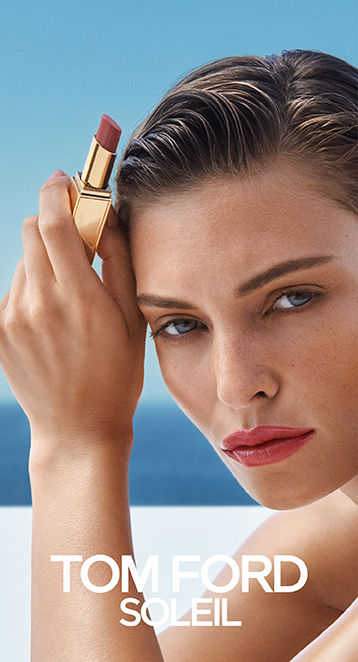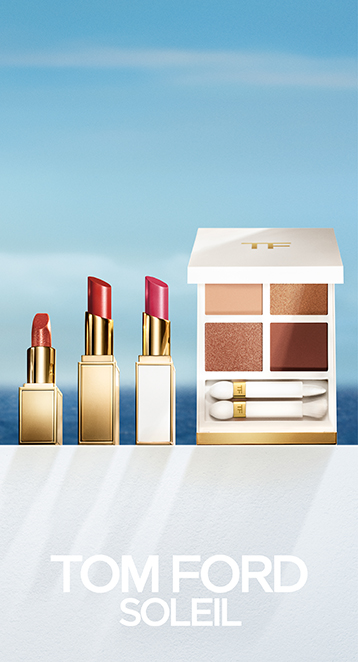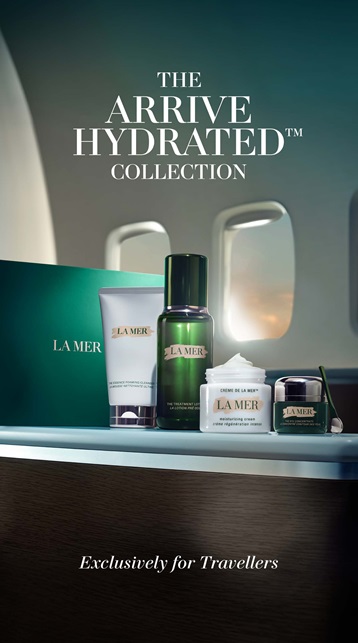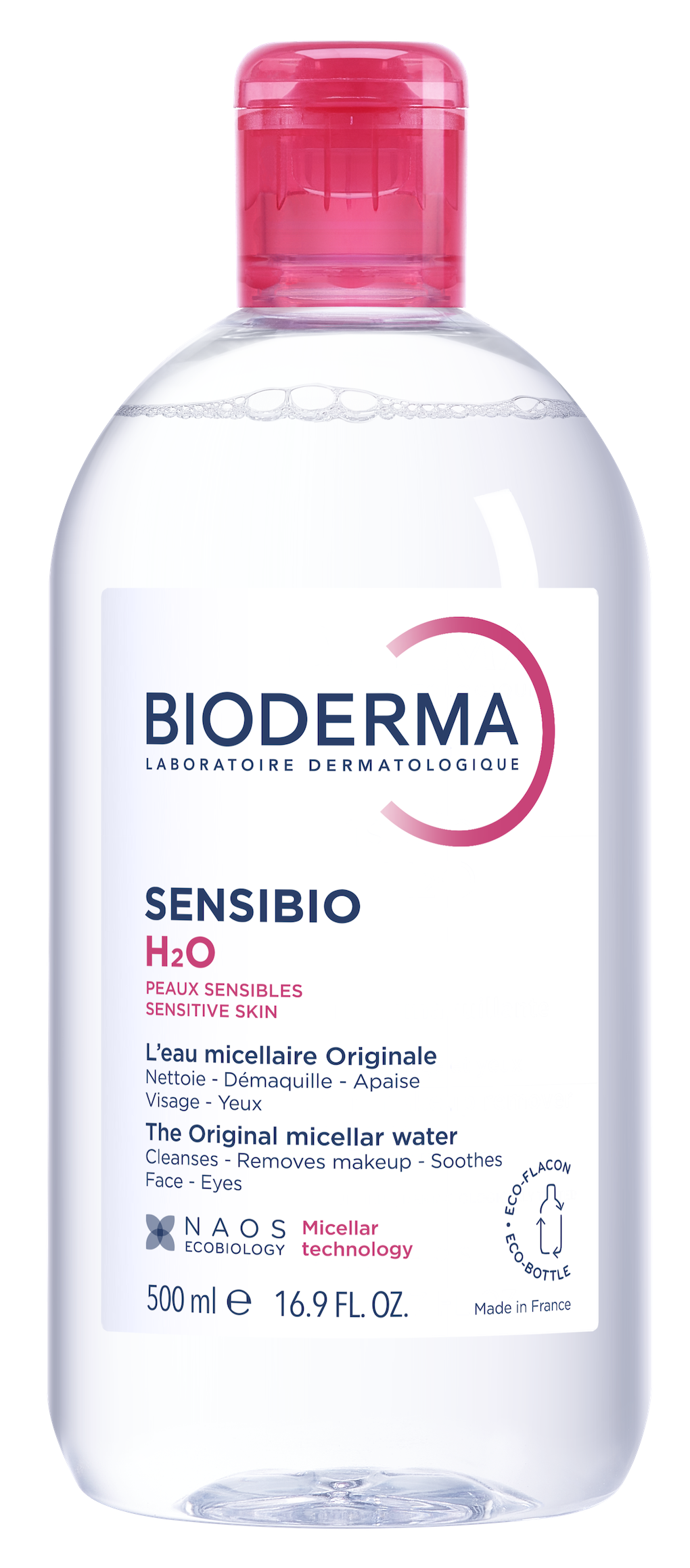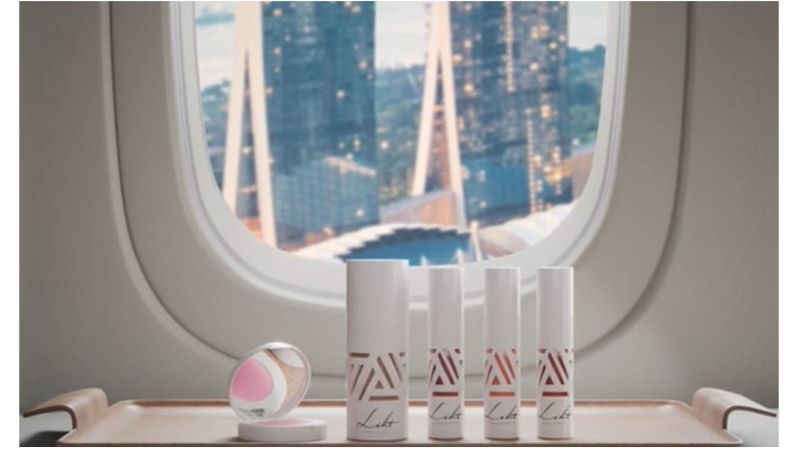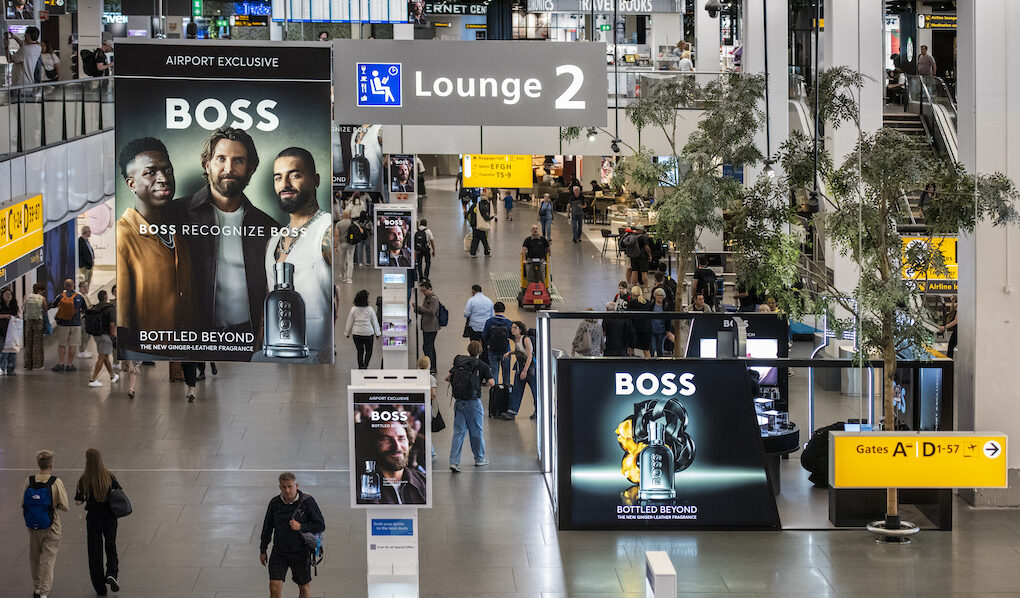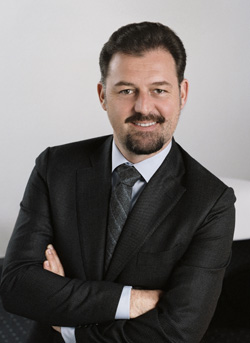 |
Patrick Rasquinet: “Our mission is to become the number one luxury skin care brand in the market.” |
Patrick Rasquinet was appointed President and CEO of La Prairie Group in September 2010, succeeding Dirk Trappmann. He began his Beiersdorf career in 1993, in Belgium, before moving to Brazil in a Sales Director role. This was followed by a stint as General Manager at Nivea Seoul, in South Korea, and a subsequent move to Russia in 2005.
In short, in the best possible sense, Rasquinet has been around the block. He has brought a fresh eye – honed by years in the ultra-competitive mass/mid market – to the luxe La Prairie brand. He boasts a wealth of international experience. And he is crystal clear about his ambitions for the house.
“Our mission is to become the number one luxury skin care brand in the market,” he declares. “When I took over this role, my main objectives were to maintain the current success story of the brand, but also to develop further its potential.”
Accordingly, Rasquinet wasted no time in overseeing the sale of the group’s Juvena skin care and Marlies Möller hair care brands, to Austria’s Troll Cosmetics, in late 2010.
“We decided to divest Juvena and Marlies Möller because they were not brands that were fulfilling our mission to become the best skin care company in the world,” he explains candidly. “We want to focus on global skin care brands, and believed that Juvena did not have the potential to become one without major investment that would have been diverted from La Prairie.
“La Prairie still has huge untapped potential, which we plan to exploit. But we might also look beyond that brand, to the wider market-place, and see what else might be available in order to help us become the best skin care company in the world.”
In other words, if he sees something he likes, Rasquinet is ready for a spot of shopping. “Beiersdorf is very strong in the mass and pharmacy business, and La Prairie addresses the high-end luxury segment – but there is still a big, wide gap between the Nivea user and the La Prairie consumer,” acknowledges Rasquinet. “So yes, we will look out for potential [acquisition] opportunities as they arise.”
Another priority for Rasquinet is to help La Prairie evolve from a specialist skin care brand to a full beauty house.
“We do have fragrance, and in certain markets (the US and Australia) we have make-up too,” he explains. “We need to evolve that. In particular we need to strengthen our presence in the foundation segment, which is the natural “bridge” between skin care and colour. Our Caviar foundation is wonderful, but it’s nowhere near well known enough, which is something we will work on.”
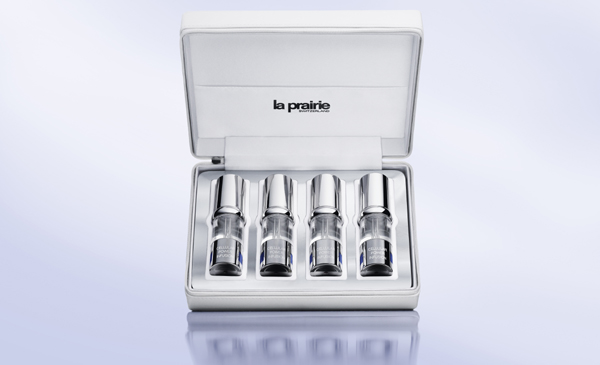 |
La Prairie’s Cellular Power Infusion: a “game-changing” skin treatment said to dramatically slow the ageing process |
While Rasquinet acknowledges the importance of fragrance as a category, he admits it is not the key priority for La Prairie. “We entered this market with Silver Rain in 2005, but we will never be as involved in fragrances the way some of our competitors are,” he notes. “It’s a nice add-on, but it will not become the core of the La Prairie business. But again, for these two [colour and fragrance] pillars, we will keep an eye on the market to see what interesting opportunities might come up.”
La Prairie, it seems, is in something of a transition period. “When I joined, we needed to make the company ready, in structural terms, for the evolution that is coming,” Rasquinet agrees. “There have been some changes, and we have new people on board. For example, we have brought in Yves Le Breton, as Vice President Corporate & Sales Strategy. Under this umbrella he is in charge of global travel retail, and will also help us to develop new channels of distribution.”
“Beiersdorf is very strong in the mass and pharmacy business, and La Prairie addresses the high-end luxury segment – but there is still a big, wide gap between the Nivea user and the La Prairie consumer. So yes, we will look out for potential [acquisition] opportunities as they arise.” |
La Prairie President and CEO Patrick Rasquinet |
Rasquinet displays a good grasp of both the potential and the pitfalls of the travel retail channel. “I think travel retail is a very important touch-point for luxury cosmetics brands,” he underlines. “But we need to make sure we are able to provide the service and luxury environment that consumers are looking for when they purchase very high-end products in this channel.”
Within travel retail, La Prairie has flagship locations in Zürich Airport, Buenos Aires Ezeiza International Airport, and at DFS Waikiki Galleria. “In Zürich we have a small cabin, which allows us to offer quick services such as hand massages and eye puffiness treatments,” Rasquinet explains. “This concept is essential in order to convey the quality and performance of the La Prairie products. Consumers who spend €300, €400, €500 on an item want to feel the effectiveness of the product, and experience the service behind the brand. We need to do more in this direction”¦but I know it is not always easy because of the channel’s space restraints.”
Such flagship doors also enable La Prairie to cut through the clutter and differentiate itself. “The consumer is overloaded with offers,” points out Rasquinet. “It really helps if we can deliver a nice environment for people to spend time, talk and listen.”
Rasquinet believes that travel retail is destined to become an increasingly important channel of distribution, as people travel more and assume a more international outlook. “I call it an extended arm for retail,” he reveals. But if Rasquinet can’t enter the channel in a way he deems appropriate, he will not enter it at all.
“There is great potential in emerging markets such as Vietnam, India, and Brazil,” he notes, “and in the latter specifically there is a high proportion of the population eager to consume the La Prairie product, but not able to find it on the local market.
“I would love to be able to offer Brazilians La Prairie in travel retail, but unfortunately the environment is not developed to a level we consider appropriate, and we do not want to compromise the way we are exposed and shown to consumers.”
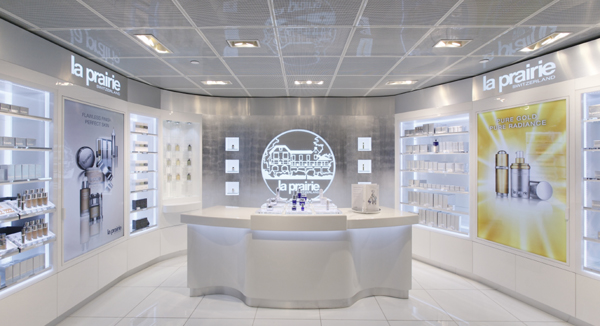 |
La Prairie’s new travel retail flagship store, at DFS Waikiki Galleria, offers a luxury beauty shopping experience |
Asia is another region with much untapped potential, notes Rasquinet. “Currently we have only 18 doors in China, but we are taking a very cautious approach to this market. We do not want to have a broad distribution; rather we want to be in the best locations.”
Fostering better communication with its customers is yet another priority for Rasquinet. “I think we are a bit behind in terms of social media,” he admits, “and that is something else we want to develop. We are in a good position to do this; it’s just something we haven’t give priority to until now. It is a great entry point for keeping in contact with consumers. And this is very useful for travel retail, because the challenge for that channel is to keep track of your consumers, and of who is buying what from where.”
Compared with the mass/mid market, luxury brands such as La Prairie are ahead in terms of the direct contact they have with their consumers. “Brands in the selective sector tend to know each of their customers,” notes Rasquinet. “And that makes the constant search for consumer insights much less difficult.”
“In addition to luxury, I want La Prairie to be known for effectiveness, performance, quality, and for being at the edge of innovation and scientific findings. Within the world of luxury skin care, I want us to be associated with the ultimate consumer shopping experience.” |
La Prairie President and CEO Patrick Rasquinet |
But his time with Nivea has make Rasquinet well aware of the fact that one size does not fit all. “The needs of consumers and their cultural approach towards skin care varies hugely,” he underlines. “I lived in Brazil, then Korea, then Russia – countries that couldn’t be more different. I really value what I learned during this time about understanding the many differences in consumer behaviour.”
Good front line staff, who can also understand and address this variety of needs, are a vital resource, particularly in travel retail. “It’s another major difference between mass and selective,” comments Rasquinet. “The Beauty Advisors represent the brand, and the relationship they have with the consumer is vital. For La Prairie we prefer to invest in our Beauty Advisors, in order to build this relationship, whereas for mass brands you advertise heavily to try to communicate, but you don’t tend to have this valuable direct link.”
And La Prairie, of all brands, has much to communicate. Its portfolio is filled with innovative, hi-tech anti-ageing products. How much further does Rasquinet believe skincare companies can go in terms of opening up new sectors through science to create effective new topicals?
“I would say the sky is the limit,” responds Rasquinet. “We always think there must be a limit, that innovation is exhausted, but if we look back over the past 10, 15, 20 years there has always been evolution, and I truly believe there always will be. That’s the power and beauty of mankind – that we are always able to evolve and find things that surprise. We learn new things every day.”
He continues: “Think of how little we still know about certain plants, or what we are discovering within stem cell research. I’m afraid I’m not being very precise because I am not a scientist, but I do know it’s an exciting time for skin care.”
Unlike most of its key competitors, La Prairie does not offer a dedicated range for men. Is this on the radar of Rasquinet – a complement within skincare perhaps, to the development that is coming within fragrance and colour?
“A lot of male consumers use products from the current portfolio; there are certain products men really like, such as the Cellular Revitalizing Eye Gel,” replies Rasquinet. “We are observing very closely the habits of male consumers but currently our product offer is already answering a lot of their needs, so for the moment we do not intend to create a range specifically for men.”
That lack does not appear to be having any detrimental effects. Under Rasquinet’s first year of leadership La Prairie has turned in a positive performance, generating growth of around +8-9% in 2011. Rasquinet wants more in 2012 however, targeting double-digit growth of around +12-13%.
Numbers aside, there are other ambitions. “In addition to luxury, I want La Prairie to be known for effectiveness, performance, quality, and for being at the edge of innovation and scientific findings,” concludes Rasquinet. “Within the world of luxury skin care, I want us to be associated with the ultimate consumer shopping experience.”



